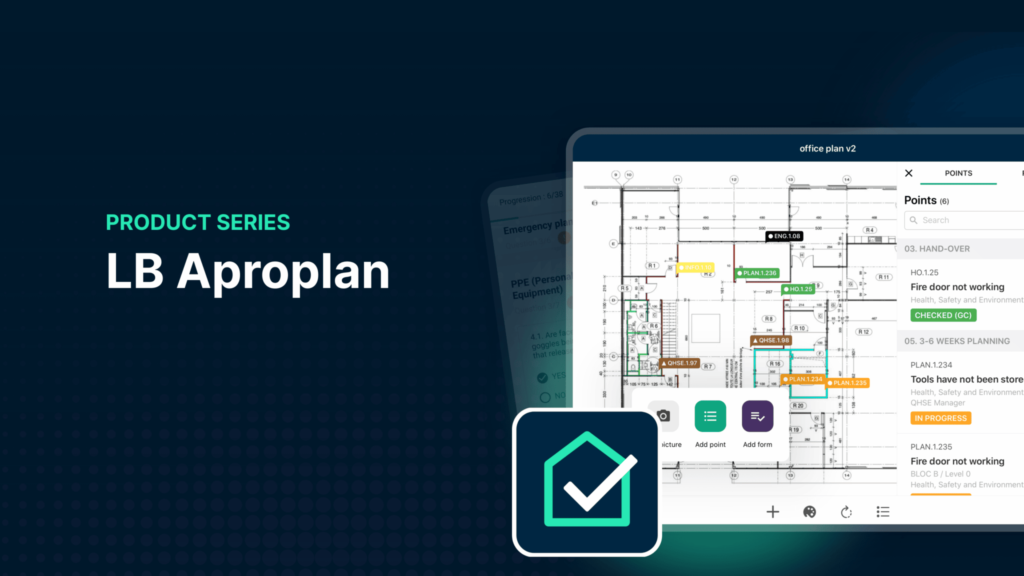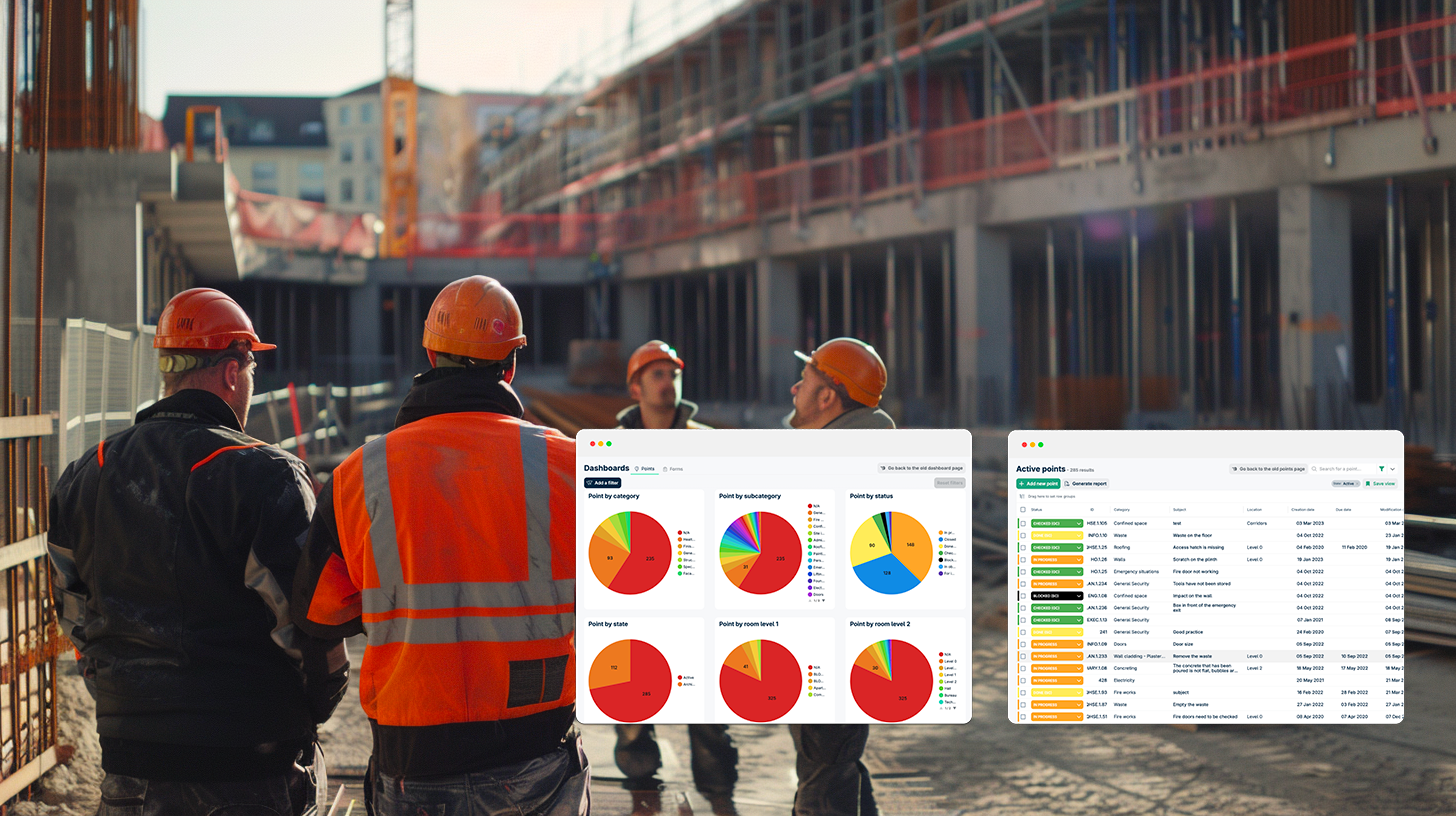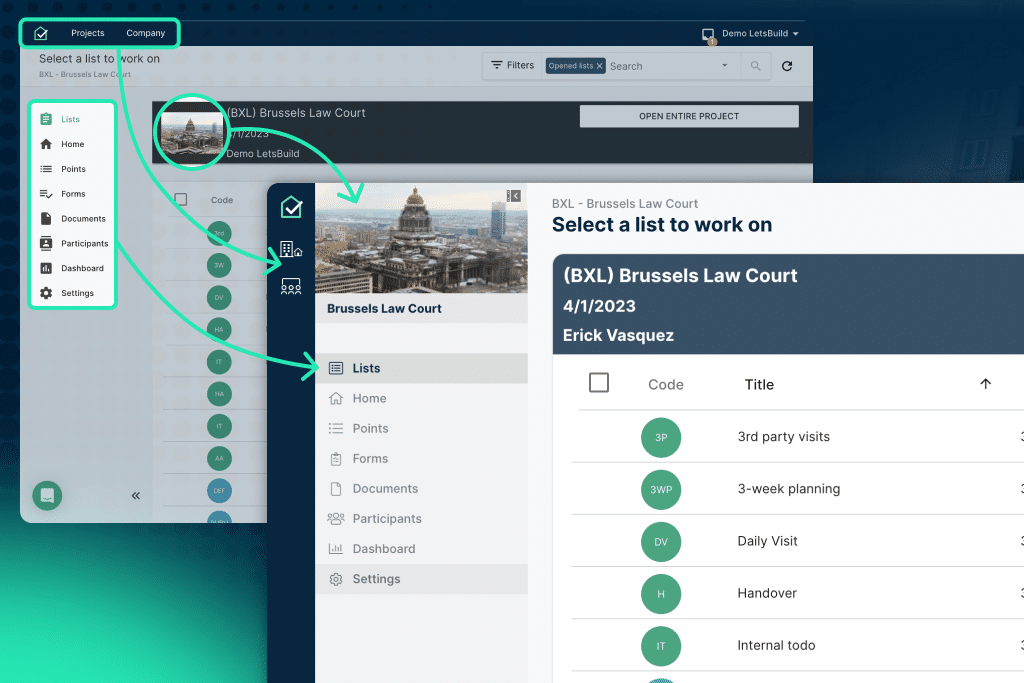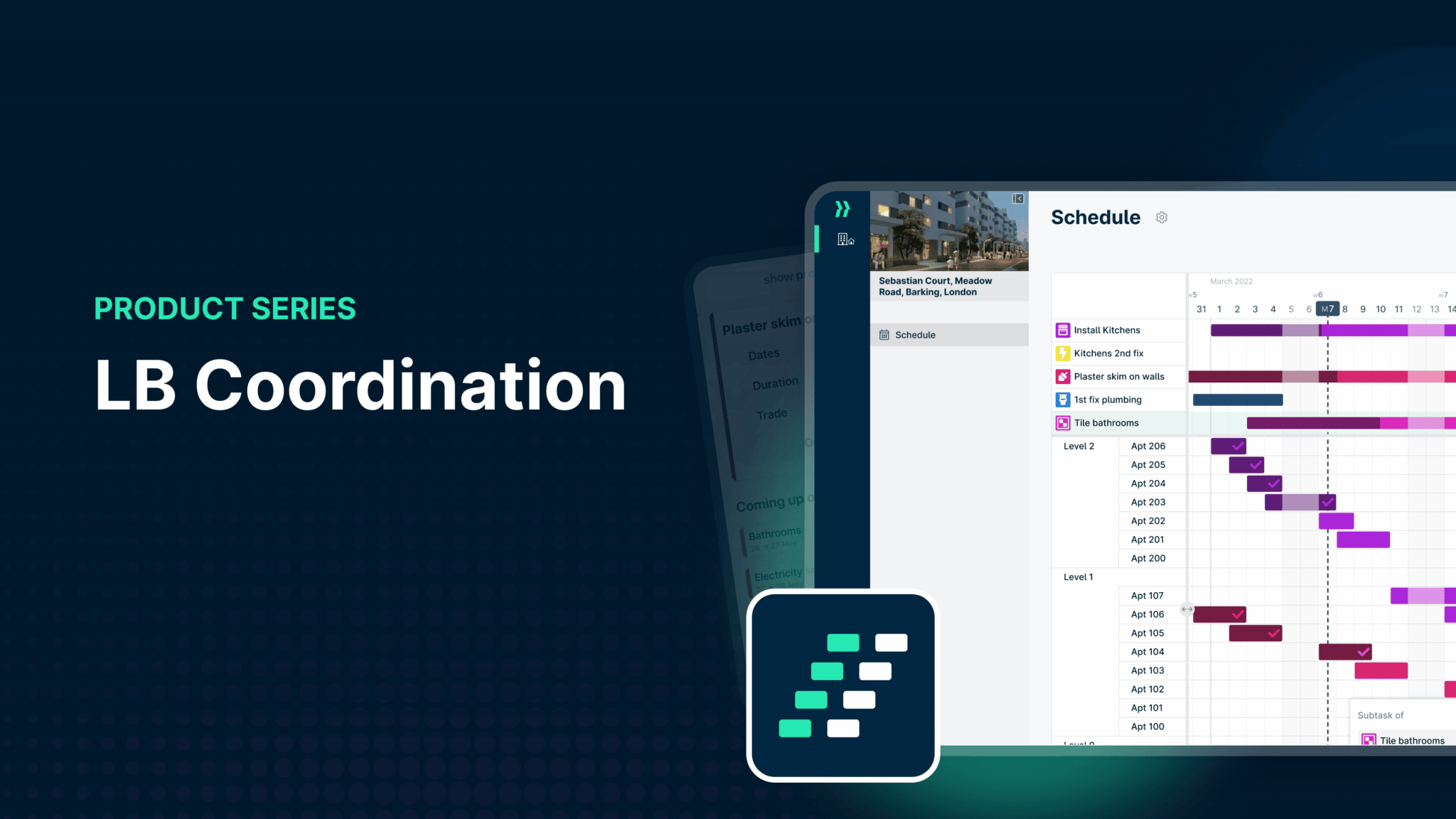This post is part of a series in the wake of our recent funding and Lars’ post about the future of LetsBuild. Get the full picture here.
Hello to everyone interested in the future of LB Aproplan – and welcome. My name is Erick Vasquez, and I am your Product Manager, here to tell you something about where we’re going.
In terms of my background, I’m like you. With many years of construction knowledge under my belt, I’ve been there snagging, verifying quality and doing short-term planning like you; I’ve done the job. And now, I bring that experience to our work at LetsBuild, helping bring clarity to the complexity of construction.
Beyond that, the other thing you need to know about me is: I’m a problem-oriented product professional. That means I start by sitting with our customers, getting clearer and clearer on how they work every day. Then, I use that experience to ask: what value aren’t you getting today? Can technology help? Ultimately, I believe: if you truly understand the problem, fixing it becomes easier and easier.
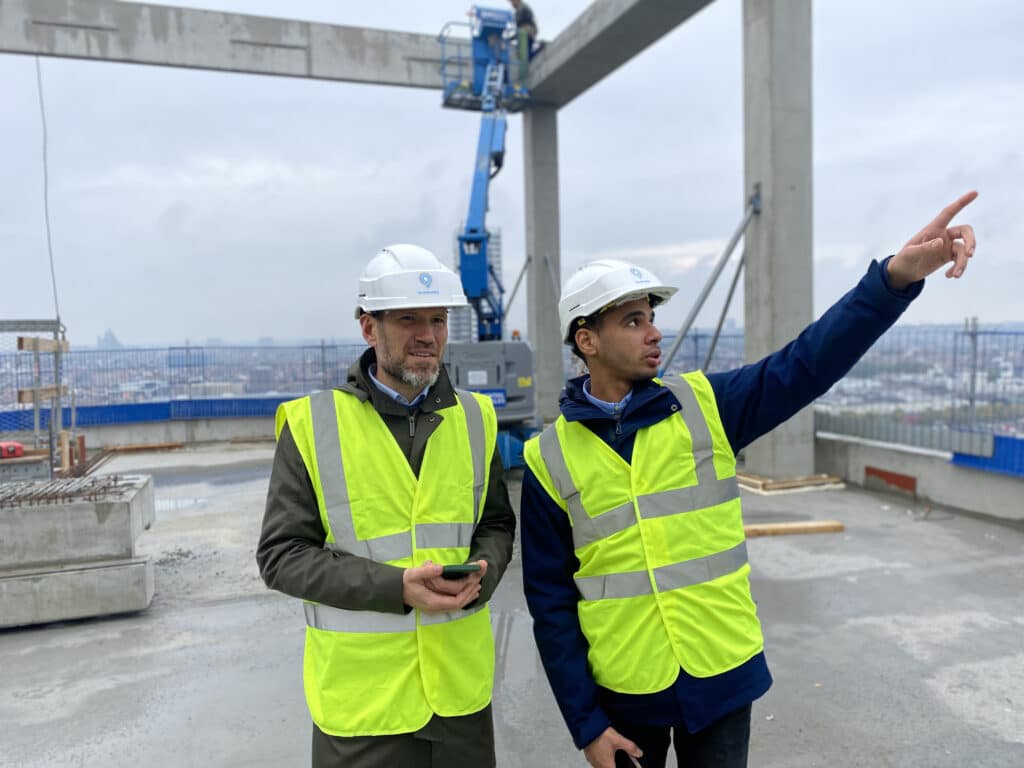
Now, let’s talk about LB Aproplan. There are a couple of ways you can do a post like this. One way is: you can throw your lighter into the fireworks box, with a massive list of brand new features that will knock socks off.
But to be honest, I don’t believe that’s what LB Aproplan users want more than anything else. LB Aproplan is the kind of tool you use every day. It becomes a total cornerstone of your working life. You do not want those tools bounced around on the waves of sprawling changes that might, at best, put a cherry on top.
You want to know that LB Aproplan is going to work better and better, become more and more useful and more of a pleasure to use every day.
So let’s talk about that.
We’re proud that LB Aproplan is a tool chosen every day by thousands of businesses and trusted with their most important tasks. It’s easy to see it as a bundle of features – from snagging to checklists to document markups. But another way to look at it is use-case, customer-led – the workflows you actually pass through every day in your work.
For us, this is the mindset giving us direction for the rest of 2022 and into 2023: how can we make your everyday workflows more effective and friction-free based on the actual day-to-day of the exact users we’re trying to help?
Today, I want to take just one example and demonstrate some of what’s coming up in the months ahead. Let’s look at the QHSE role and how we’re making life easier.
Location-tagged Inspections
Collaborating around inspections is undeniably one of the most regular tasks in the QHSE workflow. Today in LB Aproplan, the most common way to track inspections is by graphically locating forms on your construction plan. It works well, but it’s not perfect – especially because sometimes the relationship between inspections and snags isn’t as clear as it could be.
To solve this, we’re adding the ability to set room location as for inspections. Yes, that makes the central workflow smoother and easier to coordinate – but it also acknowledges that location is a crucial common denominator between teams. By giving its own defined data space, this should open up more opportunities to centralise around location in future, especially relating to other LetsBuild products.
Improvement today, potential for tomorrow – that’s what we’re here for.
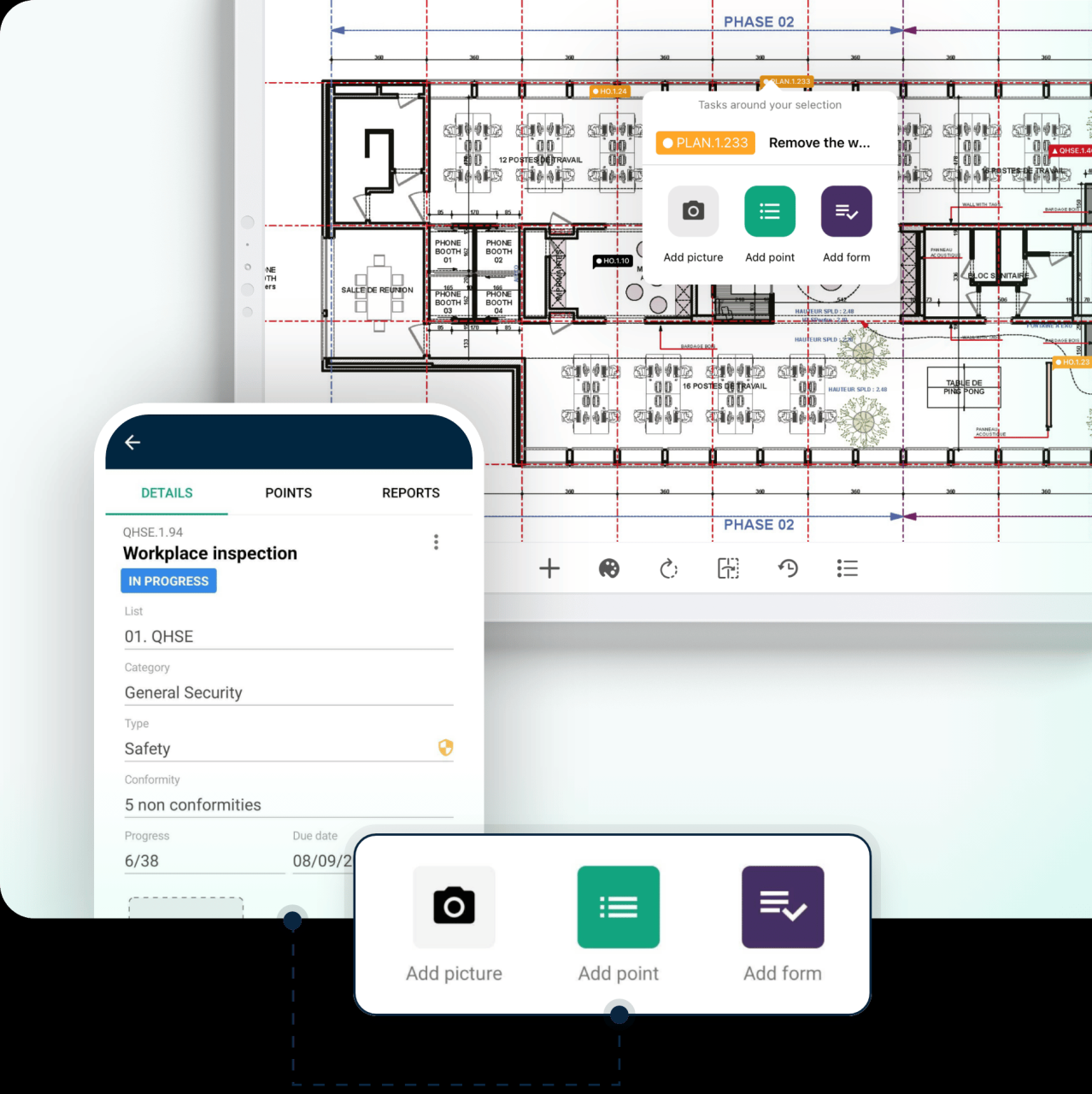
Work classification improvements
QHSE relies on clearly labelling tasks and information to align with your internal processes. Today, this is possible with custom fields – but we’re going to let you set the options in such a way that’s more useful than ever.
This lets you better align LB Aproplan workflows with your other software or systems, a sign of our increasing focus on joining the dots for your data to make life easier.
Usability
There’s nowhere that will save you more time than improvements in the tools you use every day. We’re constantly looking at which elements of LB Aproplan can be made even more consistent and behave as you anticipate, to save your time and reduce friction every day.
Just one example is an alignment between points and forms, so they will now behave in a more similar way. This means things like moving multiple items at once, tagging by location and other useful similarities.
Effectively, our goal is that things work as you would expect, without you having to learn or ask someone. This is part of that goal.
By approaching LB Aproplan with an even clearer picture of the ways people use it every day, we’re hoping to keep making these improvements, more quickly and responsively than ever so it continues to be the tool you turn to for many years to come.
I will be more than happy to answer your questions, listen and collect your ideas to improve LB Aproplan. For this, you can contact me at the following address.
